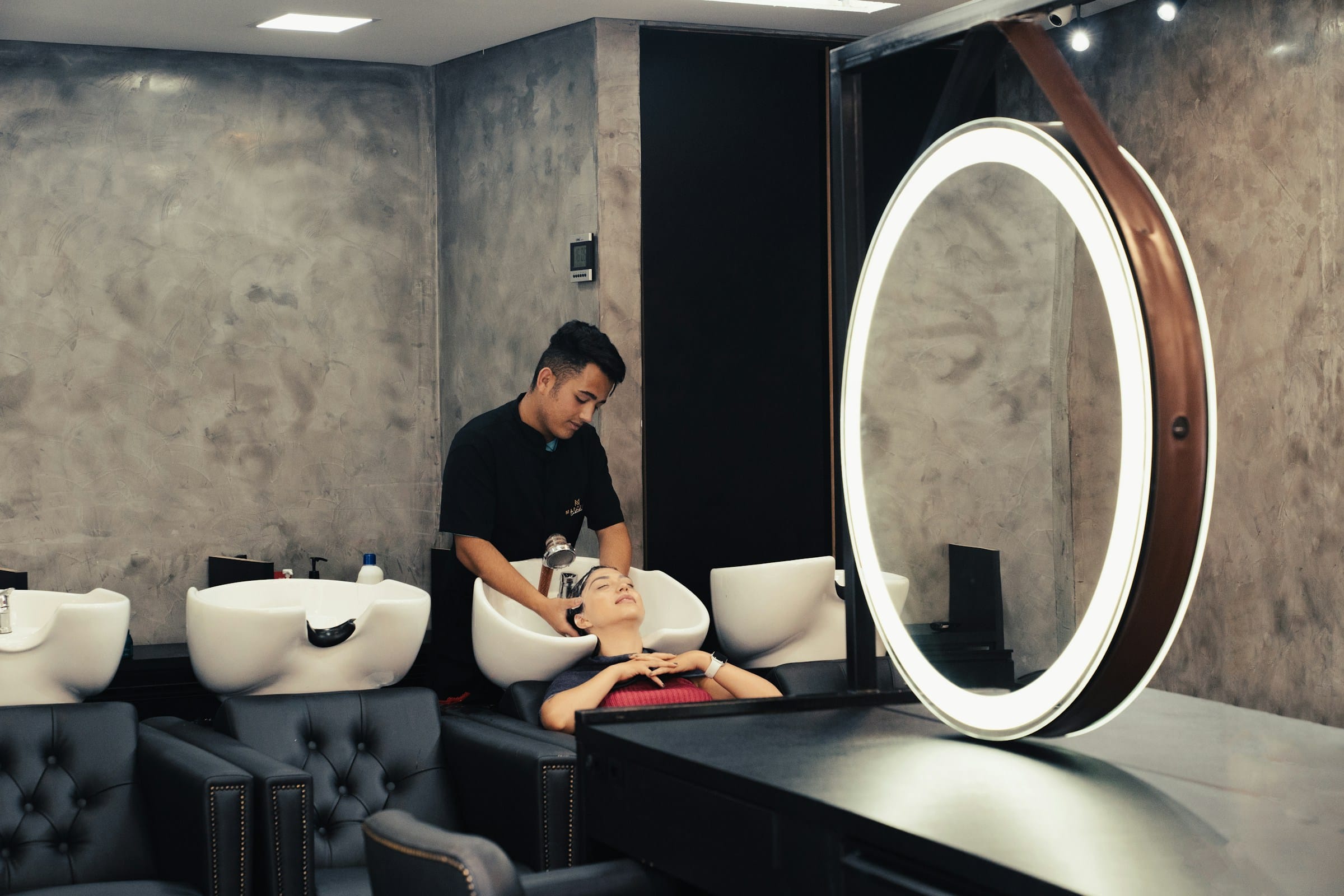What specific health and safety regulations apply to a UK gym and spa business?

In the competitive world of fitness and wellness, establishing a gym and spa business in the UK can be a lucrative venture. However, these establishments are not merely about providing state-of-the-art equipment or offering a vast range of services. They involve a significant concern about health and safety. Navigating the realm of regulations may seem daunting, but it is a crucial business requirement. Here, we will delve into the specific health and safety statutes that you must consider for your gym and spa business in the UK.
Health and Safety at Work Act 1974
The Health and Safety at Work Act 1974 serves as the foundation for any business's health and safety obligations. It sets out the fundamental duties that employers have towards employees and the public. For a gym and spa business, this means providing a safe and healthy working environment for your staff.
A lire aussi : How does a UK company dealing in antiques comply with the Export Control Act?
This act mandates that employers perform risk assessments to eliminate or reduce potential hazards. In a gym, this could refer to ensuring the safety of fitness equipment or the proper training of personnel on how to use it correctly. In a spa, it could mean ensuring the safe use of chemicals and maintaining clean facilities.
It's also your duty to inform your team about health and safety arrangements. This includes providing adequate health and safety training to your employees, for them to understand their responsibilities and perform their roles effectively. Regular monitoring and review of these measures are required to ensure their continuous effectiveness.
Dans le meme genre : What specific environmental assessments are required for a UK-based wind farm project?
Control of Substances Hazardous to Health Regulations 2002 (COSHH)
Running a spa business often involves the use of potentially harmful chemicals for cleaning and other services, e.g., chlorine for pools, disinfectants, and beauty product ingredients. The Control of Substances Hazardous to Health Regulations (COSHH) 2002 requires employers to control substances that can harm workers' health.
Under COSHH, you must conduct an assessment of the risks and hazards related to hazardous substances used in your spa. You need to decide on precautions and ensure that control measures are used and maintained. Also, you have to provide information, instruction, and training for employees and emergency planning.
The Workplace (Health, Safety and Welfare) Regulations 1992
The Workplace (Health, Safety and Welfare) Regulations 1992 cover a wide range of basic health, safety, and welfare issues. It applies to most workplaces, including gyms and spas. The regulations lay down specific requirements for everything from the maintenance of the workplace, equipment, and systems to ventilation, lighting, and cleanliness.
For your gym business, this could mean ensuring that all equipment is regularly serviced and in good working order, that the premises are well-lit and appropriately ventilated. In the spa context, this would include making sure that the facilities are adequately cleaned and inspected. These regulations are all about ensuring that the workplace is a safe and healthy environment for everyone who uses it.
Personal Protective Equipment at Work Regulations 1992 (PPE)
The Personal Protective Equipment at Work Regulations 1992 (PPE) requires employers to provide their staff with appropriate personal protective equipment. It covers any equipment meant to be worn or held by a person at work which protects against health and safety risks.
In the context of a gym and spa business, this can include protective clothing for staff who handle cleaning chemicals, non-slip shoes for those working in wet areas such as swimming pools, and even ear protection for staff working in noisy gym environments. This only underlines the need for employers to consider all potential risks and ensure their staff is adequately protected.
The Provision and Use of Work Equipment Regulations 1998 (PUWER)
Lastly, The Provision and Use of Work Equipment Regulations 1998 (PUWER) stipulates that equipment provided for use at work is suitable for the intended use, safe for use, and maintained in a safe condition. This includes gym equipment such as treadmills, weight machines, and other fitness apparatus.
Under PUWER, you must ensure that all work equipment is regularly inspected, with any potential risks dealt with promptly. Making sure that gym users are adequately trained to use the equipment safely is also crucial.
In conclusion, health and safety regulations are a fundamental part of running a gym and spa business in the UK. While this can seem overwhelming, understanding these key regulations is a critical step in ensuring your business operates smoothly and safely. By keeping health and safety at the forefront, you not only safeguard your employees and customers but also protect your business from potential legal repercussions and insurance claims.
The Management of Health and Safety at Work Regulations 1999
The Management of Health and Safety at Work Regulations 1999 is another crucial regulation for any gym and spa business in the UK. It requires employers to manage potential risks to health and safety, and put in place practical measures to control those risks.
For a gym business, this might involve regular risk assessments of fitness equipment to ensure they are in good working order. Such assessments help to identify any safety issues that may arise from the use of gym equipment, including treadmills, weights, and other apparatus. These assessments should be conducted by competent individuals, often personal trainers, who understand the potential risks associated with gym equipment and can advise on how to mitigate them.
In a spa context, this regulation means controlling risks related to the use of hazardous chemicals, managing the risks of slips and falls in wet areas, and ensuring cleanliness and hygiene in treatment rooms. It also requires that employees are trained on safety procedures and that equipment is maintained properly to reduce risks to customers and staff.
The management of health and safety is not a one-time task but an ongoing process. Regular review and updates of risk assessments, safety procedures, and training are crucial to ensure a safe and healthy environment in your fitness centre.
Data Protection Act 2018
The Data Protection Act 2018 governs the processing of personal data. While it might not immediately appear as a health and safety regulation, it is nonetheless important for every fitness business in the UK. Gyms and spas collect a lot of personal data about their members, from contact details to health information. It's crucial to handle this data in a manner that complies with the law.
When starting a gym or spa, you need to have a robust data protection policy in your business plan. This should cover how you collect, use, and store members' personal data, including health and fitness data. It's also wise to provide data protection training to your team to ensure everyone understands their role in protecting members' personal data.
You should also consider getting business insurance, specifically data breach liability insurance. This will protect your business in case of a data breach that could lead to financial loss or damage to your reputation.
Remember, failure to comply with data protection regulations can result in heavy fines and penalties, so it's essential to get it right.
Conclusion
Running a gym and spa business in the UK involves more than just providing excellent facilities and services. It requires a thorough understanding of various health and safety regulations to ensure a safe and healthy environment for both staff and members. From risk assessments and personal protective equipment to data protection and workplace maintenance, every aspect matters.
Compliance with these regulations not only safeguards the health and safety of everyone involved but also protects your business from potential legal and financial repercussions. It can also enhance your business reputation, boost gym membership, and contribute to the overall success of your fitness centre in the competitive fitness industry.
Remember, the key to successfully navigating these regulations is understanding them, integrating them into your business plan, and continuously monitoring and updating your practices. After all, the safety of your staff and members should always be your top priority.
